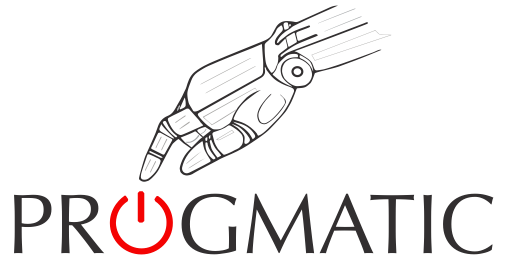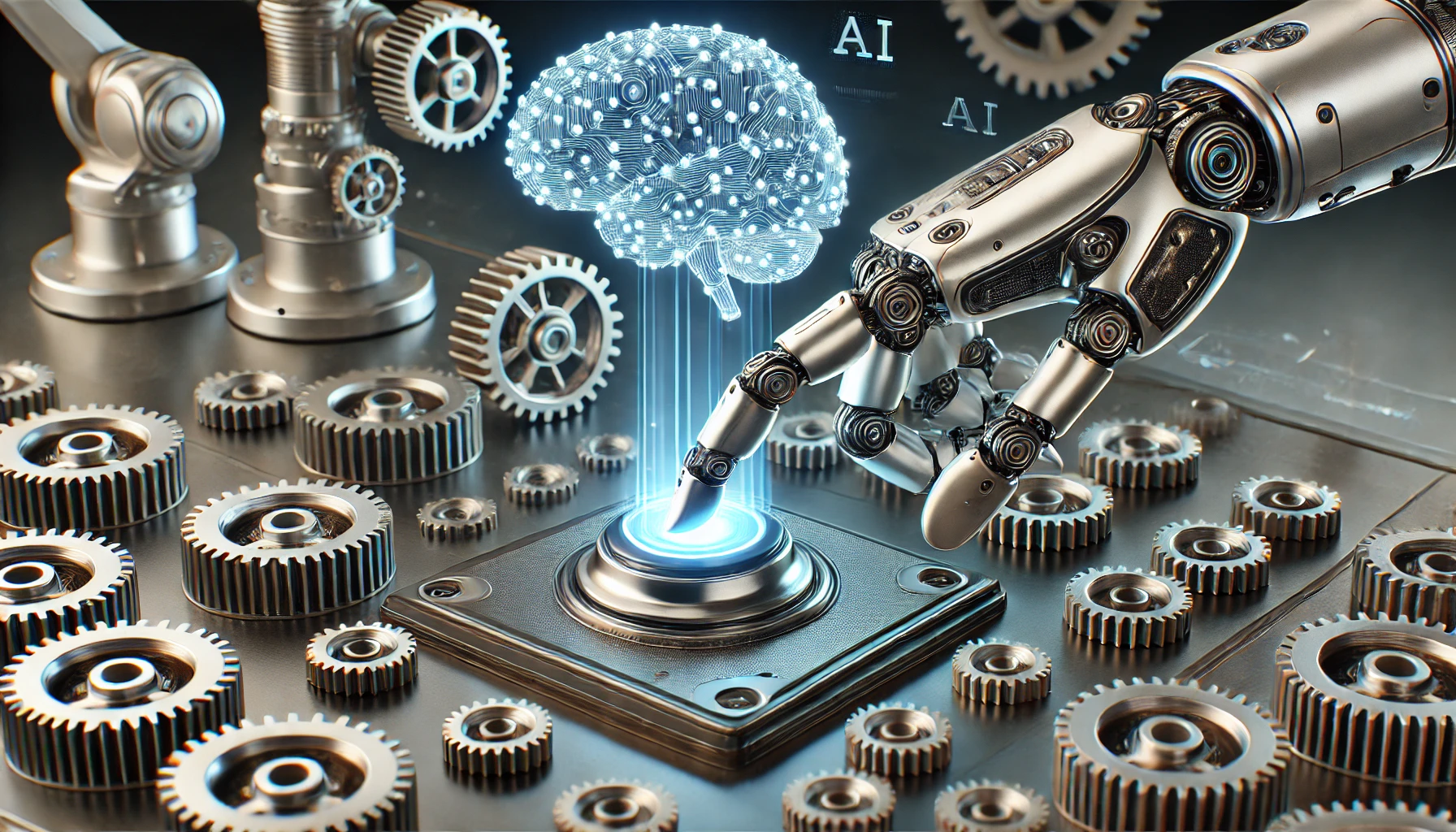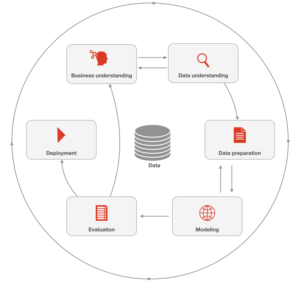Permanent contact person = personal service



The Implementation of Artificial Intelligence
Progmatic sees opportunities in AI to support clients with their work in industrial automation. For example, AI can assist operators in decision-making, improving efficiency, increasing production and quality, preserving the knowledge of experienced employees, and reducing dependencies in a time when skilled personnel is hard to find. For such AI projects, we use the CRISP-DM Cycle as our process model.
What is the CRISP-DM Cycle?
The Cross-Industry Standard Process for Data Mining (CRISP-DM) Cycle is a model developed in 1996. It remains widely used today for executing projects in data science and machine learning. By using this method as a guideline, we make our complex projects more manageable.

The cycle consists of six phases:
- Business Understanding: First, we need to understand the goal of the AI project. What kind of problems are we trying to solve for the client?
- Data Understanding: In this phase, we collect data and assess whether it is suitable for the project.
- Data Preparation: Here, the usable data is prepared for training an AI model. This includes tasks like filling in missing data or merging datasets.
- Modeling: Next, we experiment with different techniques to create models that contribute to the desired objectives.
- Evaluation: Once the best model is selected, we determine whether it meets the requirements set during the first phase (by the client).
- Deployment: In the final phase, the model is implemented. For example, it can assist operators in making faster and smarter decisions, preserving the knowledge of experienced operators, improving production and quality, and reducing dependencies.
Using the CRISP-DM Cycle in AI Projects
An AI project requires a structured approach, and the CRISP-DM Cycle is an excellent framework for this purpose. Firstly, it provides a clear starting point by ensuring that the project’s goals and business requirements are defined upfront. This clarity enables the selection of the right methodology for the AI project from the outset.
Additionally, since AI largely relies on high-quality data, phases 2 and 3 (Data Understanding and Data Preparation) offer a structured way to gather and process this data effectively. The cyclical nature of the CRISP-DM framework is another key advantage. Throughout the project, transitions between phases allow for continuous refinement and improvement. This iterative process ensures that the best possible AI model is developed to meet the client’s needs.
Discover the power of Progmatic
Progmatic helps companies achieve their goals through automation.
About us